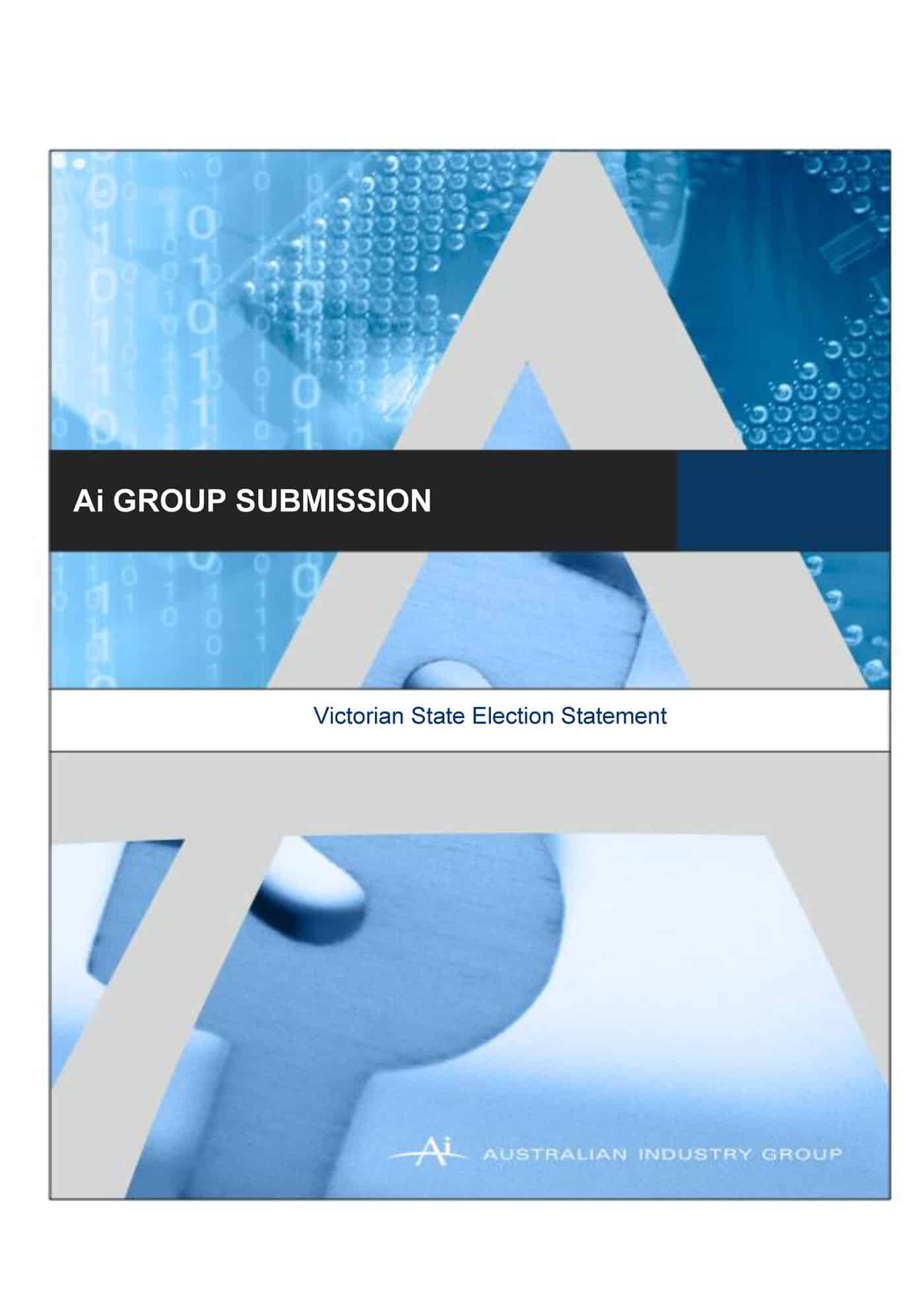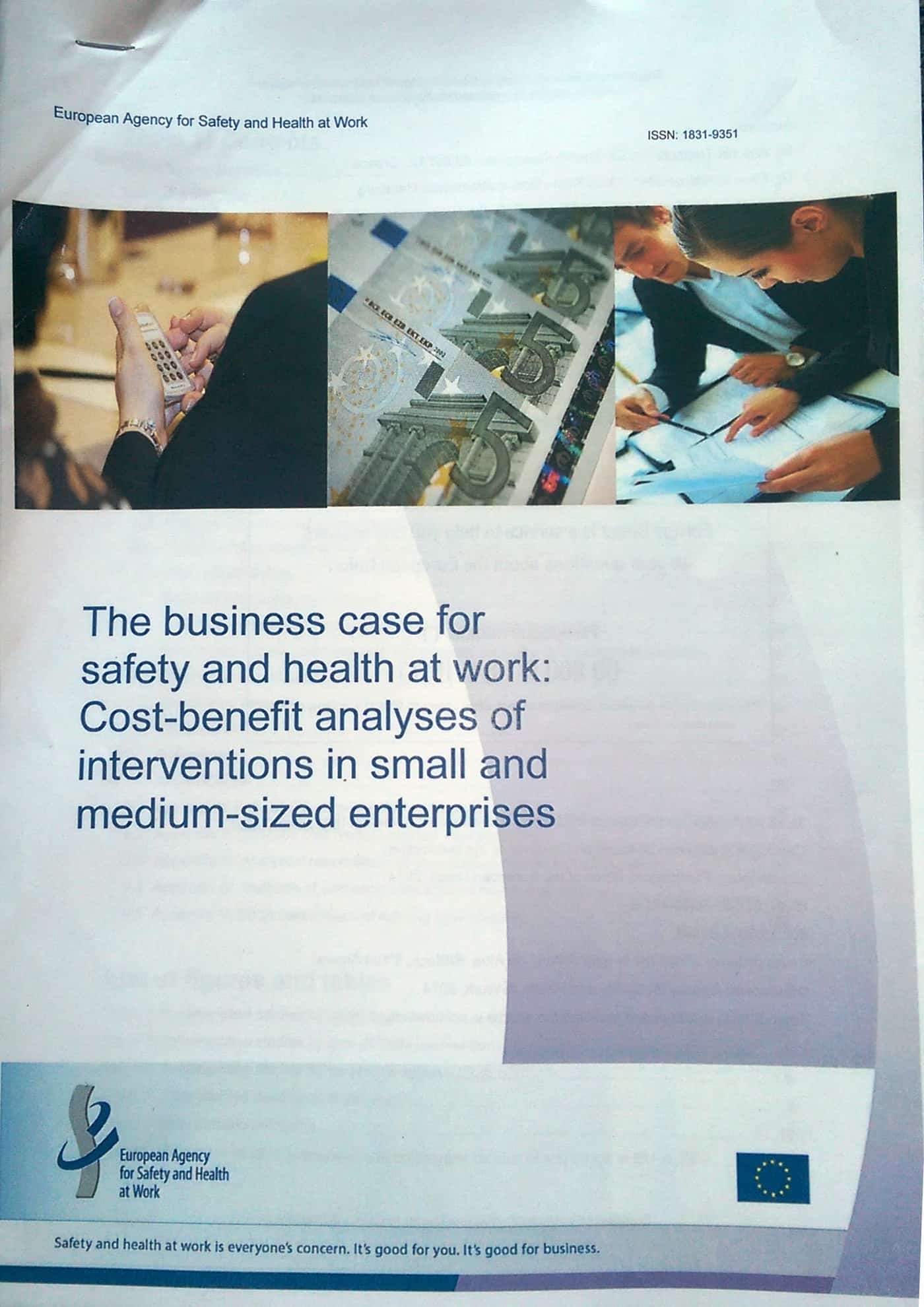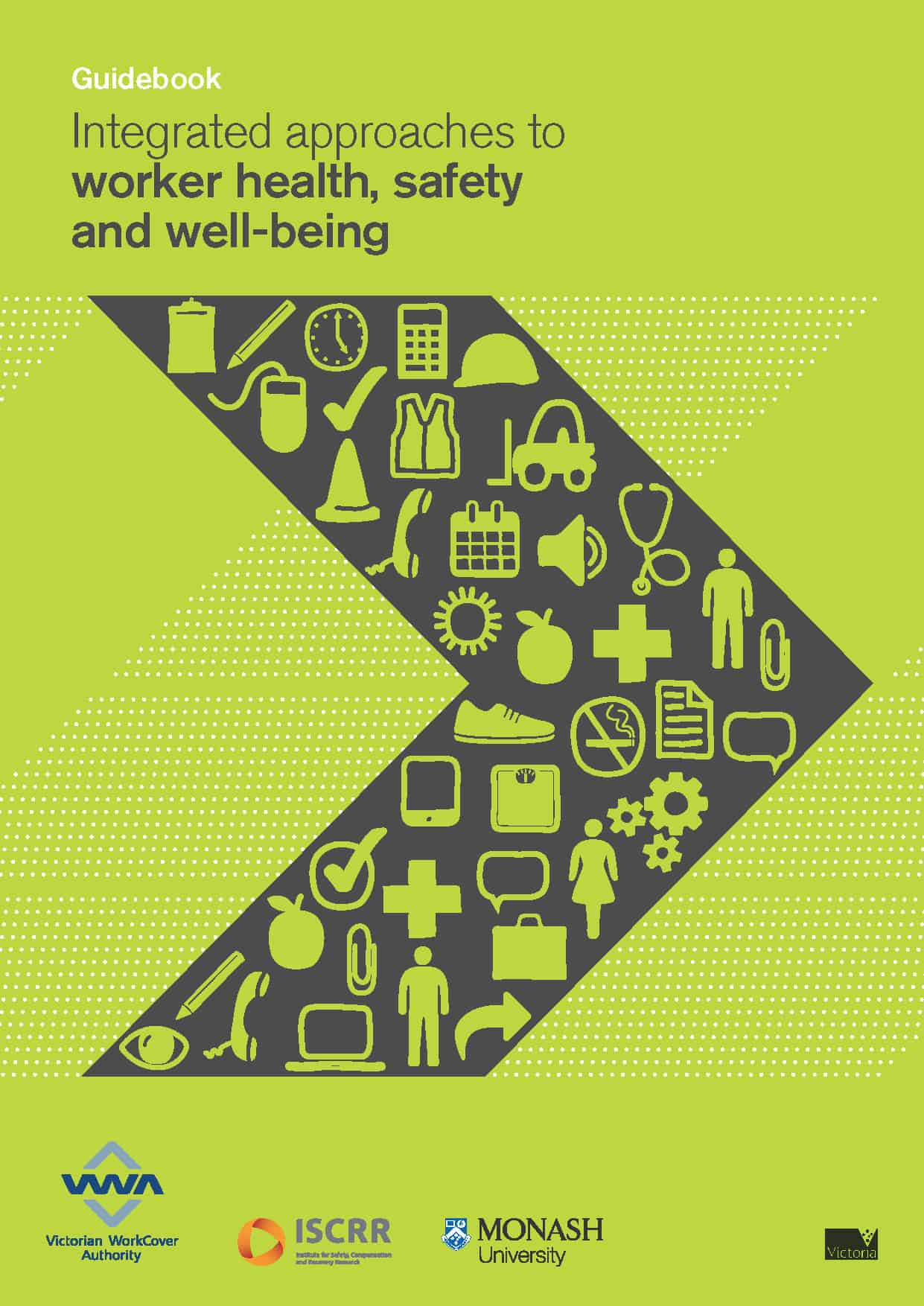 SafetyAtWorkBlog is proud to have been listed as one of Australia’s Best Business Blogs by business resource website SmartCompany.
SafetyAtWorkBlog is proud to have been listed as one of Australia’s Best Business Blogs by business resource website SmartCompany.
Category: small business
AiGroup pushes for harmonised OHS laws during Victoria’s election campaign
 Later this month, Victoria is conducting its regular State election. Workplace safety has not been mentioned by any of the candidates but at least one industry association has mentioned occupational health and safety in its pre-election statement. The Australian Industry Group (AiGroup) has recommended
Later this month, Victoria is conducting its regular State election. Workplace safety has not been mentioned by any of the candidates but at least one industry association has mentioned occupational health and safety in its pre-election statement. The Australian Industry Group (AiGroup) has recommended
“The next Victorian Government should immediately commit to the harmonised OHS laws as the state remains the only jurisdiction not to do so.” (page 5)
The AiGroup does not expand on the reasons for this recommendation other than seeing OHS has part of its general call for harmonisation and that it is part of “reducing costs of doing business”. SafetyAtWorkBlog was able to fill in some of the AiGroup’s reasoning by talking, exclusively, with
EU-OSHA releases a business case for safety and health at work
 One of the most ignored, but important, elements of occupational health and safety (OHS) management is the business case. Work on this issue is being completed in Australia by Safe Work Australia but the European Agency for Safety and Health at Work (EU-OSHA) has beaten it to the punch by releasing “The business case for safety and health at work: Cost-benefit analyses of interventions in small and medium-sized enterprises“. This document includes new case studies that provide detailed analysis of cost and return on investment from interventions as varied as a vacuum lifter for pavers to warm-up exercises and task assessments of domestic builders by qualified physiotherapists.
One of the most ignored, but important, elements of occupational health and safety (OHS) management is the business case. Work on this issue is being completed in Australia by Safe Work Australia but the European Agency for Safety and Health at Work (EU-OSHA) has beaten it to the punch by releasing “The business case for safety and health at work: Cost-benefit analyses of interventions in small and medium-sized enterprises“. This document includes new case studies that provide detailed analysis of cost and return on investment from interventions as varied as a vacuum lifter for pavers to warm-up exercises and task assessments of domestic builders by qualified physiotherapists.
The report found that:
- “Wide-ranging interventions appear to be more profitable than interventions targeting a particular
issue related to the sector of the enterprise.- Interventions that mainly concern training and organisational change appear to be more profitable than interventions based on technical changes (such as introducing new equipment).
- Interventions that include direct worker (participatory) involvement appear to be more profitable, regardless of whether or not increased productivity benefits are taken into account in the
economic evaluation.- In most cases, the enterprises managed to estimate benefits related to increased productivity. It
should be emphasised that increased productivity does not always come as a result of improved
safety and health, but it is taken into account in the context of a business case.” (page 10)
Integrated approach to OHS and wellbeing to be promoted in Australia
 Later this month, the Victorian WorkCover Authority (VWA) will be releasing a document entitled “Integrated approaches to worker health, safety and well-being” (pictured right, but not yet available online). It is intended to generate discussion on how to improve workplace safety performance by breaking down the walls of various disciplines, production processes, consultative silos and institutional or organisational biases. This document builds on the overseas experience of the National Institute of Occupational Safety and Health (NIOSH – Total Worker Health program), the World Health Organisation (WHO – Healthy Workplace Framework) and others to provide an Australian context.
Later this month, the Victorian WorkCover Authority (VWA) will be releasing a document entitled “Integrated approaches to worker health, safety and well-being” (pictured right, but not yet available online). It is intended to generate discussion on how to improve workplace safety performance by breaking down the walls of various disciplines, production processes, consultative silos and institutional or organisational biases. This document builds on the overseas experience of the National Institute of Occupational Safety and Health (NIOSH – Total Worker Health program), the World Health Organisation (WHO – Healthy Workplace Framework) and others to provide an Australian context.
Those who are experienced in risk management principles may see little new in this approach and the publication’s success is likely to depend on how VWA explains the initiative and how its stakeholders, Victorian businesses of all sizes, accept the concept and believe it can work in their own workplaces.
Integration
The release of a publication advocating Integration implies that an unintegrated approach to safety management has been an impediment to change. This may be a surprise to risk managers and those who have been consulting broadly on OHS in their workplaces and those companies who have integrated systems managers with responsibility for Quality, OHS and Environment.
Safe Work Method Statements – their role, their use and their curse
Paul Breslin caused a stir in Australia’s OHS sector in 2013 with his costing of one element of managing high risk workplaces, the Safe Work Method Statement (SWMS). In 2014, an update of Breslin’s research was published in The Australian and New Zealand Journal of Health, Safety and Environment (only available through subscription), in which he states that
“Industry stakeholders claim that the SWMS Process is no longer manageable and that this document process has failed the industry and has basically outlived its usefulness” and
Recent “criticism has centred on the fact that SWMSs, which were intended to be easy to use documents, have often become so large and complex that they are impractical to use”.
(The latter statement was supported by speakers at a recent (poorly attended) Safety In Construction Conference in Melbourne, Australia.)
Some general industry criticism has been aimed at occupational health and safety (OHS) regulators such as the various WorkSafes and the
Self-employment should not be seen as a work/life solution
Work/life balance is a close cousin to occupational health and safety (OHS), particularly health. It is often the gateway people use to reduce occupational health risks such as stress and other psychosocial issues. Moving to self-employment can be a successful strategy but it is not as easy as simply relocating one’s individual workplace or teleworking, the expected control on work hours may not eventuate and it may be very difficult to maintain a livable wage. In The Saturday Age on April 26 2014 (not locatable on-line), Dr Natalie Skinner of the Australian Centre for Work + Life, provided a useful perspective.
Skinner writes that her annual surveys over the last six years have indicated that:
“self-employment is neither better nor worse for work-life conflict than being an employee.”
Skinner acknowledges that this seems odd because there has been so much debate about the win-win of workplace flexibility.
Coroner calls for fresh approach to OHS in small business
Ever since the UK Government reduced the occupational health and safety (OHS) obligations on small business, there have been concerns that a similar strategy could occur in Australia. Of all the States in Australia, Victoria is the most likely to mirror the UK actions, particularly as its WorkSafe organisation continues with its restructuring and (ridiculous) rebranding, and Victoria’s conservative government continues to see OHS as a red tape issue for small business. However a recent finding by the Queensland Coroner should be considered very seriously when thinking of OHS in small business.
In 2011 Adam Douglas Forster
” … came close to the rotating ball mill, then accidently (sic) became ensnared by the protruding bolts and was dragged underneath the ball mill which continued to rotate, thereby causing his fatal injuries.”
The inquest found
“There were no guards, barriers or other apparatus restricting access by any persons to the ball mill.” and
Forster “did not know how to turn the ball mill on or off”. Continue reading “Coroner calls for fresh approach to OHS in small business”
